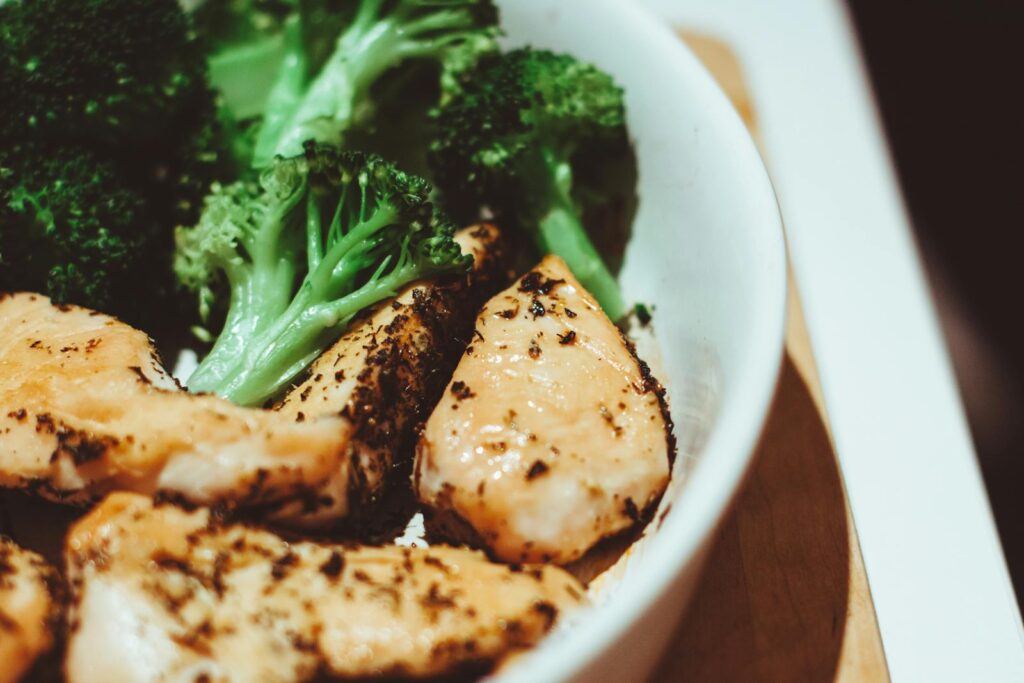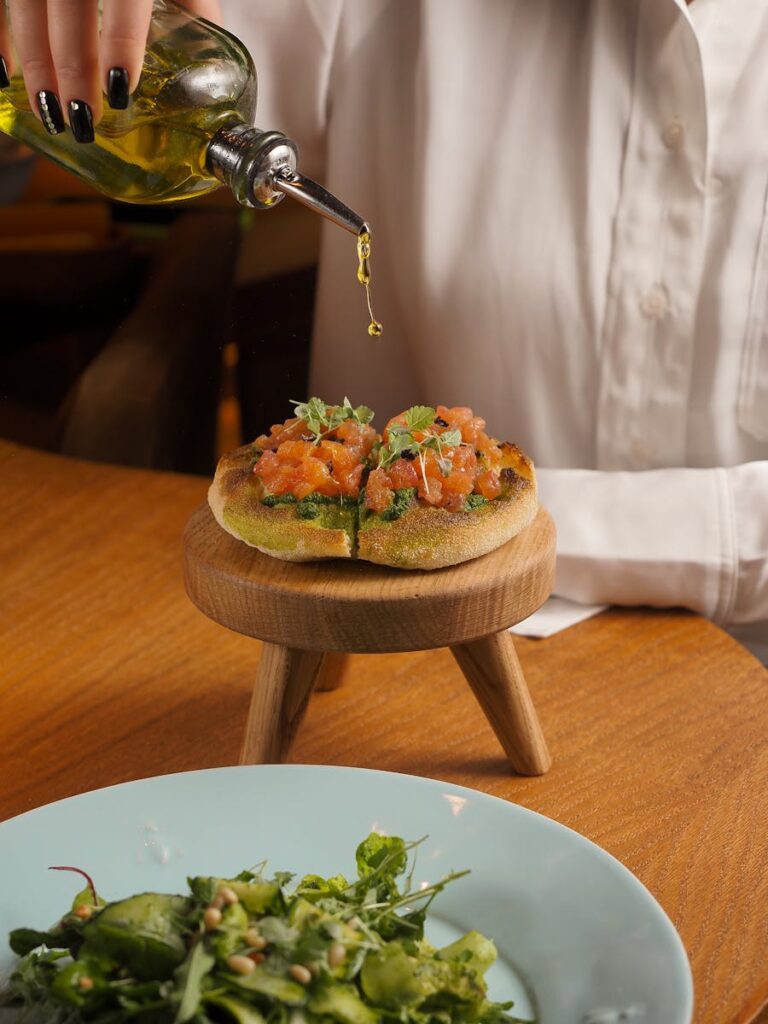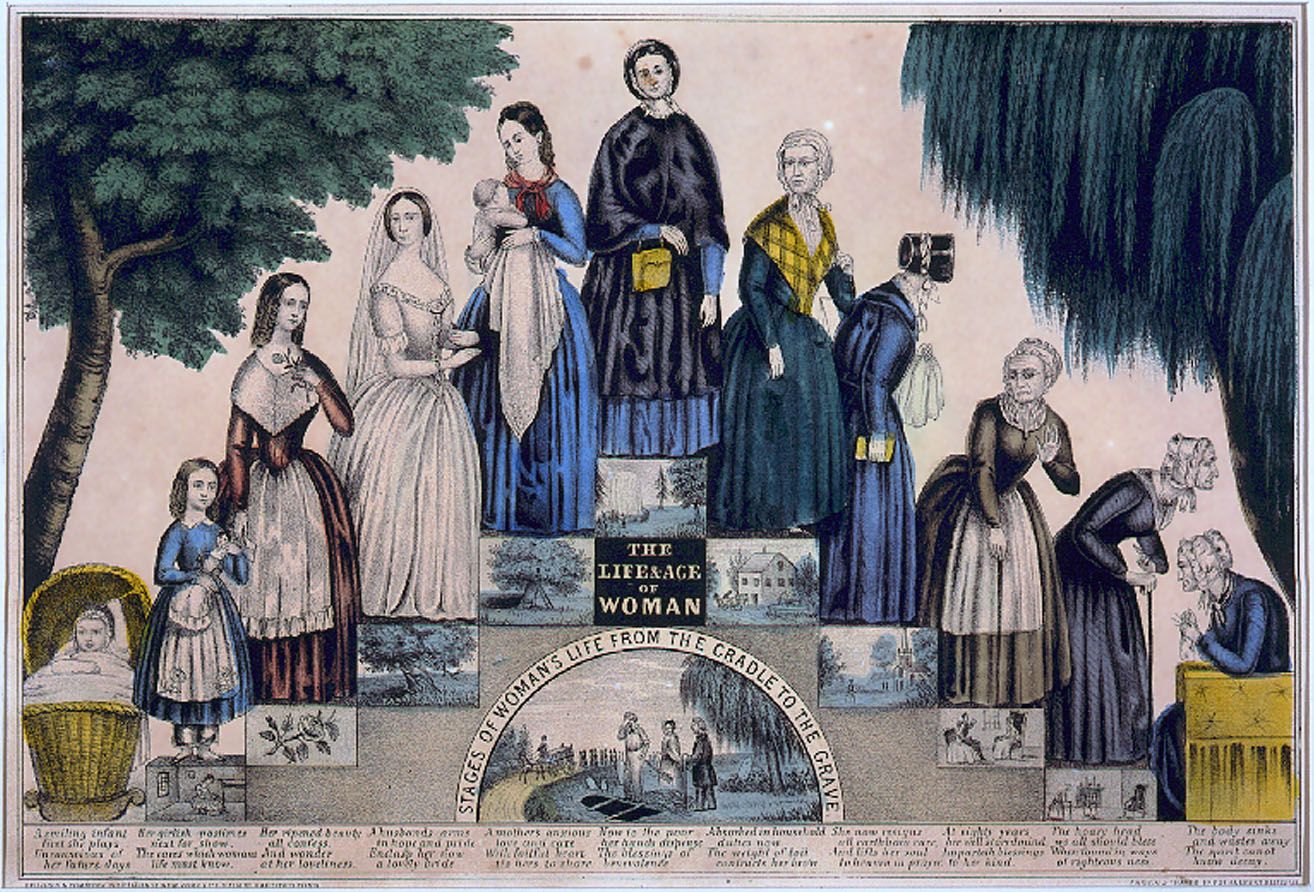
Cancer is a daunting diagnosis, a challenge many of us hope to avoid. While it’s natural to search for definitive “cancer-fighting foods” that offer a magical shield, the reality is a bit more nuanced. As wellness dietitian Lindsey Wohlford explains, “There is no food that can starve a cancer cell or lower your risk of developing cancer to zero.” However, this doesn’t mean our daily food choices aren’t incredibly powerful tools in our health arsenal.
Instead of a single miraculous ingredient, the journey to lower cancer risk through diet is about consistent, informed choices that empower your body. Joseph Dowdell, a cancer dietitian, stresses that “a healthy diet and lifestyle can play a big role in lowering your risk of some of the most common cancers.” It’s about cultivating an overall eating pattern that supports cellular health, manages weight, and reduces inflammation, creating an environment less hospitable to disease.
This article isn’t about unrealistic promises, but rather a practical guide to the fundamental dietary shifts that can significantly contribute to your long-term health and cancer prevention efforts. We’ll explore 14 key strategies, backed by expert insights, to help you make empowered decisions in the grocery aisle and at your dining table. Let’s dive into the first seven pillars that form the foundation of an anti-cancer diet.

1. **Embrace Plant-Based Eating**The cornerstone of any diet aimed at reducing cancer risk is a strong emphasis on plant-based foods. This isn’t just about adding a side salad; it’s about making vegetables, whole grains, beans, seeds, nuts, and fruits the main act on your plate. Wellness dietitian Lindsey Wohlford advises us to “Focus on foods that come from plants, including vegetables, whole grains, beans, seeds, nuts, fruit and plant-based proteins.” This foundational shift provides a wealth of nutrients crucial for overall health.
These foods are naturally packed with fiber, vitamins, minerals, and antioxidants, all working in synergy to support your body’s defenses. A plant-rich diet naturally tends to be lower in calories and higher in satiety, which is vital for weight management—a critical factor in cancer prevention. Consistently choosing plant foods helps create a robust internal environment, bolstering your body against cellular damage and chronic inflammation.
Building your meals around plants doesn’t have to be complicated or bland. Think vibrant vegetable stir-fries, hearty lentil stews, berry-packed smoothies, or whole-grain salads. The key is to explore and enjoy the vast diversity that the plant kingdom offers. This simple yet profound change can set the stage for a significantly reduced cancer risk, making your plate a powerful ally in your wellness journey.
Read more about: Heather Mills at 56: Unveiling the Enduring Resilience and Red Carpet Glamour of Paul McCartney’s Ex-Wife
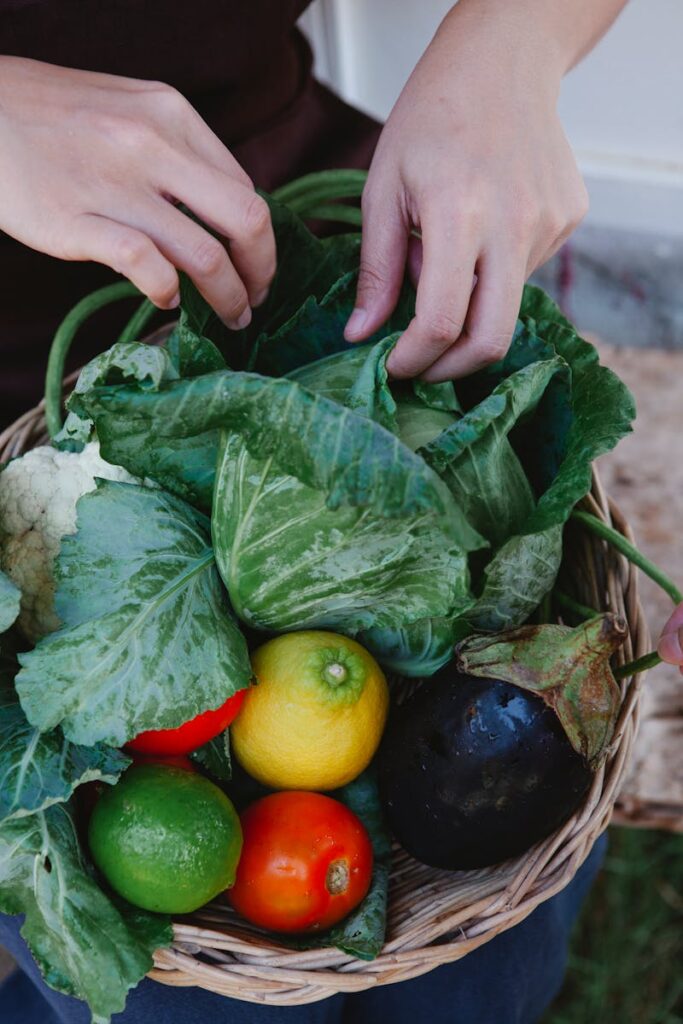
2. **Harness the Power of Phytochemicals**Within the vast world of plant foods lies a hidden treasure trove: phytochemicals, also known as phytonutrients. These natural compounds are what give plants their vibrant colors, distinctive aromas, and protective qualities. As Wohlford notes, “If you look at the typical foods that reduce cancer risk, it’s pretty much all plant foods that contain phytochemicals.” These incredible compounds play a vital role in helping to prevent chronic diseases like cancer by acting as antioxidants and anti-inflammatory agents.
To maximize your intake of these beneficial compounds, the advice is simple and delicious: “Eat the rainbow.” The American Cancer Society wisely suggests this rule of thumb because the pigment that gives fruits and vegetables their color often signifies different phytochemicals. Aiming for at least three different colors of fruits and vegetables each day ensures you’re getting a broad spectrum of these protective nutrients. Think red tomatoes, orange carrots, yellow bananas, green broccoli, and blue/purple berries or beets.
Don’t get caught up searching for one “superfood” that has it all. “More than 4,000 phytochemicals have been discovered and researched,” Wohlford reminds us, adding that “There’s not any one superfood that contains them all.” Each one offers distinct benefits and functions, so variety truly is the spice of a cancer-preventative diet. By diversifying your produce choices, you empower your cells with a comprehensive defense mechanism.
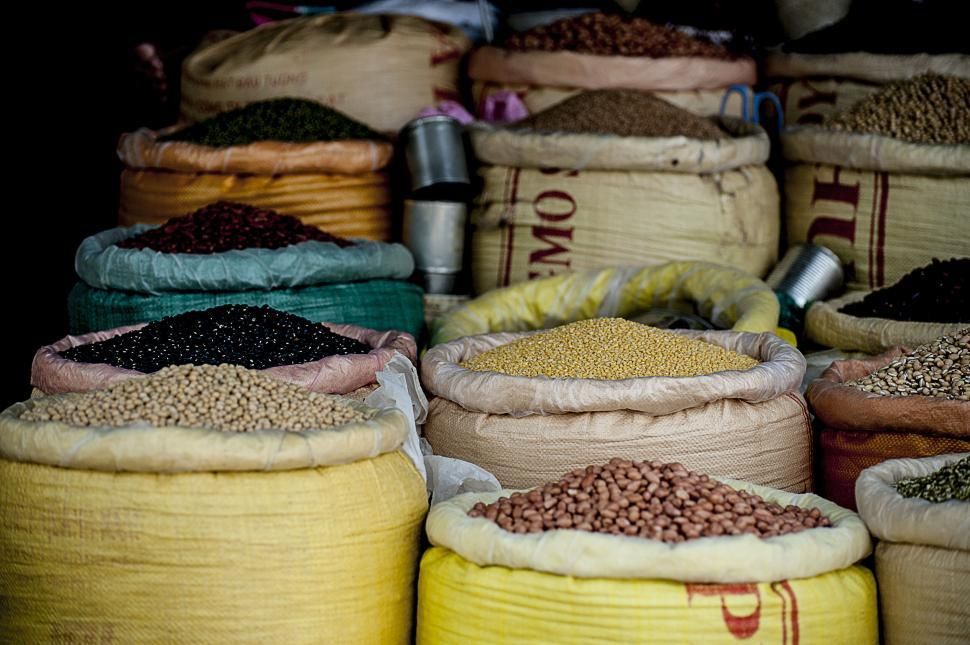
3. **Prioritize Whole Grains**When it comes to grains, making the switch from refined to whole is a significant step towards cancer risk reduction. Whole grains like wild rice, brown rice, whole grain pasta, breads, tortillas, buns, oatmeal, and quinoa retain all parts of the grain kernel—the bran, germ, and endosperm—which are packed with essential nutrients. This makes them far more beneficial than their processed counterparts, which are often stripped of valuable fiber and minerals.
The importance of fiber here cannot be overstated. “Fiber is important for blood sugar control and weight management,” as Wohlford points out. Foods rich in fiber help stabilize blood sugar levels, preventing spikes that can contribute to inflammation and other health issues linked to cancer. Furthermore, the bulk from fiber promotes satiety, helping you feel fuller for longer and naturally managing your caloric intake, which is crucial for maintaining a healthy weight.
Beyond weight management, high-fiber diets are specifically associated with a decreased risk of colon cancer. By choosing whole grains consistently, you are providing your digestive system with the fuel it needs to function optimally and safeguarding against certain cancer types. Make it a habit to check labels and opt for “100% whole grain” products to ensure you’re getting the full benefits these powerful foods have to offer.
Read more about: Unlock Your Best Self: Essential Health and Fitness Pillars for Your 40s

4. **Incorporate Fiber-Rich Foods**Beyond just whole grains, a broader focus on fiber-rich foods is incredibly beneficial for lowering cancer risk. These foods are heroes for weight management, a critical component in cancer prevention. Fiber, a type of carbohydrate that your body cannot digest, plays a key role in making you feel satisfied after eating. As Joseph Dowdell explains, “Foods that are high in fiber make you feel fuller longer, keeping you from searching for a snack 10 minutes after finishing lunch.”
Research supports the power of fiber, showing that fiber-rich foods release an anti-appetite molecule called acetate. This molecule signals to the brain that we’re full, helping to curb overeating and manage calorie consumption. Maintaining a healthy weight is paramount, as “Excess body weight is linked to more than 10 different types of cancer,” according to the American Cancer Society. Therefore, choosing high-fiber options is a direct action you can take to mitigate this risk factor.
Excellent sources of fiber extend to a variety of plant foods beyond grains. Consider adding beans and lentils to your meals, snacking on nuts, and enjoying fruits like blueberries and apples. These simple additions can dramatically increase your daily fiber intake, supporting digestive health, promoting satiety, and actively contributing to a diet that helps protect against various cancers, especially colon cancer.
Read more about: Fuel Your Day for Less: 9 Genius Healthy Lunch Ideas Under $5 That’ll Blow Your Mind (Not Your Budget!)
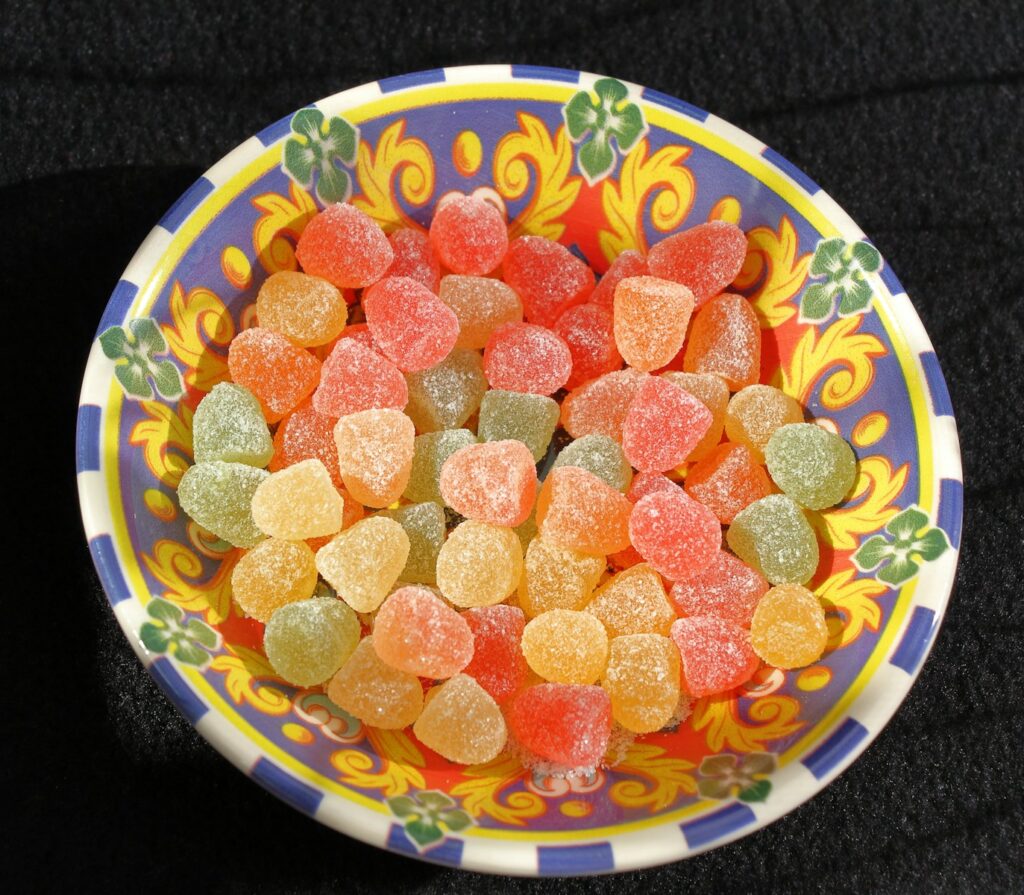
5. **Be Thoughtful About Added Sugars**While natural sugars found in fruits and grains are not the enemy, added sugars are a significant concern when it comes to cancer risk. There’s a common misconception that “sugar feeds cancer,” and while sugar does feed all our cells, the problem lies specifically with excessive added sugars. Joseph Dowdell clarifies this distinction: “The problem isn’t foods with natural sugar, like fruits and grains. It’s the added sugars that can lead to obesity and heart disease. Those can increase your risk of cancer.”
Hidden sugars lurk in many unexpected places beyond the obvious candies and sugary beverages. Be vigilant about “sneaky sources” such as certain breads, crackers, granola bars, salad dressings, and even fruit-flavored yogurts. These processed items often contain substantial amounts of added sugars that contribute to excess calorie intake without providing significant nutritional value, thereby hindering weight management efforts.
Keeping your added sugar content low is a concrete step to maintain a healthy weight and, consequently, lower your cancer risk. The American Heart Association recommends that women consume no more than 24 grams of added sugar per day, and men a maximum of 36 grams. By consciously reducing your intake of these hidden sugars, you’re making a proactive choice to protect your health and support your body’s natural defenses against cancer.
Read more about: Beyond the Game: The Crucial Beverages Tom Brady Cut to Achieve Unprecedented Longevity
6. **Opt for Lean Proteins and Plant-Based Sources**Protein is an essential macronutrient, but the type and source of your protein can have implications for cancer risk. Focusing on lean animal proteins and, even better, embracing plant-based protein sources is a smart strategy. The grocery shopping guide in our context specifically advises looking for “lean animal protein or plant-based protein.” This shift helps you avoid the saturated fats often associated with red and processed meats, which have been linked to increased cancer risk.
Lean animal protein options include fish, lean chicken, and turkey. Fish, particularly fatty fish like salmon and sardines, also offers the added benefit of inflammation-reducing properties. Alongside these, plant-based proteins are powerhouses for health. Tofu, black beans, red beans, pinto beans, garbanzo beans (chickpeas), and lentils are excellent choices that provide fiber, vitamins, and minerals alongside their protein content. Eggs and egg substitutes also offer versatile, lean protein options.
Incorporating a variety of these protein sources into your diet ensures you get all the essential amino acids your body needs without the potential downsides of excessive red meat consumption. This balanced approach to protein intake not only supports muscle health and satiety but also aligns with an overall dietary pattern that actively works to reduce your vulnerability to various cancers. Making these mindful choices can dramatically enhance your long-term wellness.
Read more about: Unlock Your Best Self: Essential Health and Fitness Pillars for Your 40s
7. **Choose Healthier Cooking Oils**The fats we use in cooking play a critical role in our overall diet and can influence our cancer risk. It’s not just about cutting down on fat, but also about choosing the right kinds. The context explicitly states that “Vegetable oils are healthier than butter, lard or cooking spray” when aiming for a cancer-preventative diet. This guidance steers us towards fats that offer health benefits rather than contributing to inflammation or high cholesterol.
Olive oil and canola oil are highlighted as excellent choices in the healthy food list. These oils are rich in unsaturated fats—specifically monounsaturated and polyunsaturated fats—which are known to support heart health and provide antioxidant benefits. By replacing saturated fats found in butter and lard with these healthier alternatives, you are reducing your intake of fats that can contribute to weight gain and chronic health issues, both of which are risk factors for cancer.
Making this simple swap in your kitchen is an actionable step toward a healthier lifestyle. Whether you’re sautéing vegetables, dressing a salad, or baking, opting for olive or canola oil supports your body’s cellular health and helps manage your daily fat intake. This conscious choice contributes significantly to minimizing your cancer risk by aligning your cooking methods with a health-protective dietary pattern.
Optimizing Your Plate for Prevention: Delving into the next seven crucial dietary habits and food choices, including smart protein selection, the role of specific micronutrients, and lifestyle adjustments, to further fortify your defense against cancer.
Building upon the foundational dietary principles we’ve already explored, the journey toward a truly cancer-protective lifestyle continues with an examination of more specific micronutrients, mindful consumption habits, and savvy choices in the kitchen. Remember, it’s not about perfection, but about consistent, empowered decisions that make your body a less welcoming host for disease. Let’s dive into these next crucial steps to optimize your plate for prevention.
Read more about: Fuel Your Day for Less: 9 Genius Healthy Lunch Ideas Under $5 That’ll Blow Your Mind (Not Your Budget!)
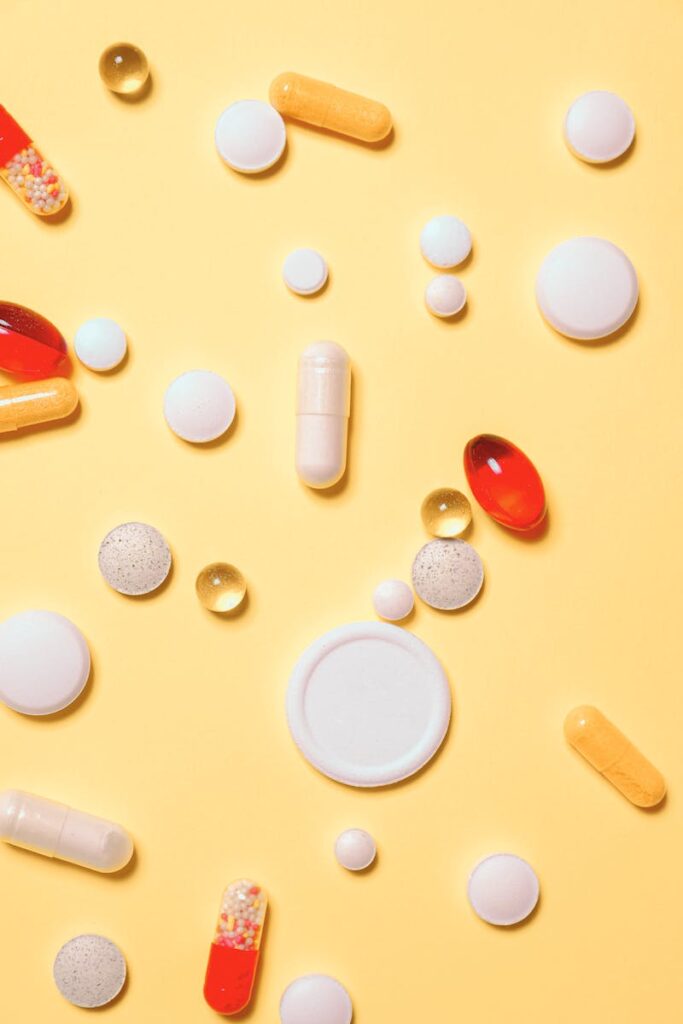
8. **Consider Vitamin D Supplements**Low levels of vitamin D have been significantly associated with an increased risk of several prominent cancers, including breast, colon, and prostate cancer. This essential nutrient plays a crucial role in various bodily functions, making its adequate intake a vital component of your preventative health strategy.
While some foods, such as soy, almond, and oat milk, may be fortified with vitamin D, very few foods are naturally high in this vitamin. Our primary natural source is often sunlight exposure, which stimulates vitamin D production in the skin. However, consistent and safe sun exposure, especially with proper sunscreen use, can be challenging for many.
Given these factors, some individuals may greatly benefit from vitamin D supplements. This is not a universal recommendation, though, as individual needs vary. It’s always a smart move to consult with your healthcare provider to discuss whether vitamin D supplementation is appropriate for you, ensuring a personalized approach to your health.
Making informed choices about supplementation, under expert guidance, can help fill any nutritional gaps and further bolster your body’s defenses. It’s about leveraging all available tools to support your long-term wellness and cancer prevention goals.
Read more about: Reclaiming Your Attention: A Practical Guide to Breaking Free from the Endless Scroll of Social Media

9. **Cut Down on Alcohol Consumption**Alcohol consumption is not merely a social habit; it carries significant implications for cancer risk, directly associating with an increased likelihood of developing specific cancer types. Studies have shown a clear link between alcohol use and cancers of the esophagus, throat, and breast.
Beyond these, the risk profile expands depending on the type and quantity of alcohol consumed. Individuals who frequently consume high levels of beer, for example, have also shown an increased risk of rectal cancer. Moreover, for those battling alcohol use disorder, the incidence of liver cancer sees a notable surge, highlighting a critical health concern.
Understanding these connections is a powerful step towards prevention. Reducing or eliminating alcohol intake can be a proactive measure to lower your vulnerability to these alcohol-related cancers. It’s an empowering choice that places your health and future well-being at the forefront.
For anyone struggling with alcohol use disorder, seeking support is a courageous and vital step. The Substance Abuse and Mental Health Services Administration (SAMHSA) offers a dedicated hotline, available 24/7, 365 days a year, at 1-800-662-HELP (4357). Help is available to guide you towards a healthier path.
Read more about: Unlock Your Best Rest: Oprah Winfrey and Expert Secrets for a Full Night’s Sleep
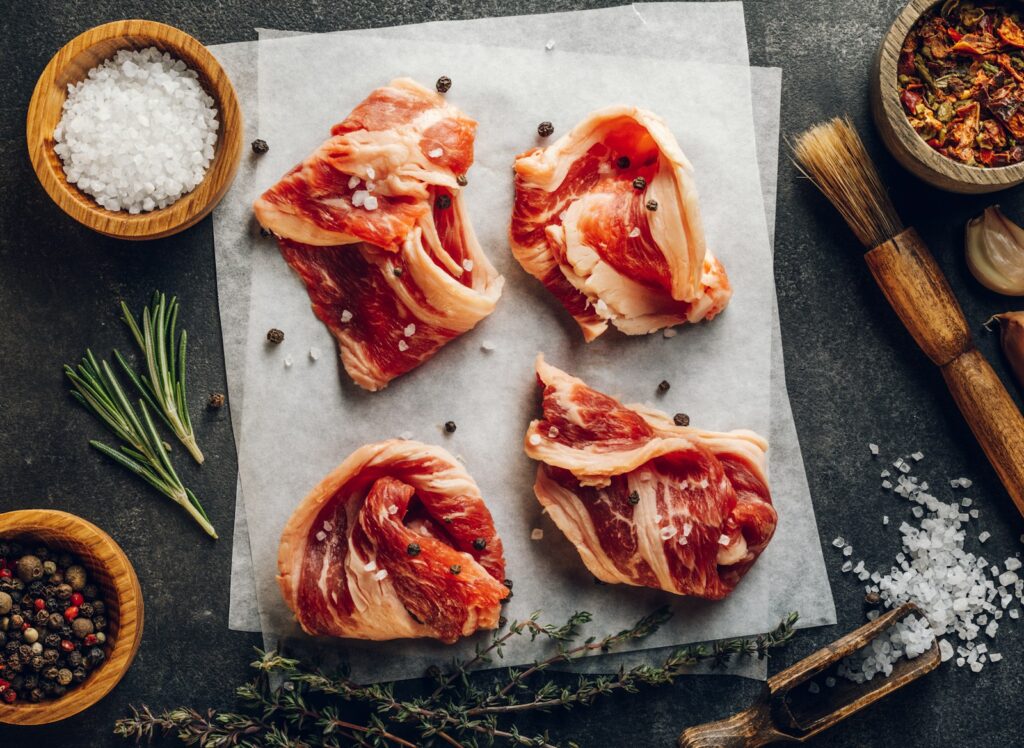
10. **Go Easy on Salt and Processed Meats**The choices we make in our daily diet extend beyond the main components to seemingly smaller details, like salt intake and the types of cured meats we consume. High consumption of salty foods, particularly cured, smoked, and nitrite-preserved items, has been strongly linked to an increased risk of certain cancers, most notably stomach cancer.
This category includes many popular convenience foods such as sausages, deli meats, and hot dogs. While quick and easy, these items often contain high levels of sodium and preservatives that can contribute to cellular damage and inflammation over time, creating an environment more conducive to cancer development.
Making a conscious effort to minimize your intake of these heavily processed and salty foods is an actionable step you can take today. Opting for fresh, whole foods that you season yourself allows for greater control over your sodium intake and reduces exposure to potentially harmful additives.
By being mindful of the hidden salt and preservatives in your diet, you are actively choosing to protect your stomach and overall health. This simple shift can dramatically reduce a significant risk factor, empowering your body to better defend itself against disease.
Read more about: Fuel Your Day for Less: 9 Genius Healthy Lunch Ideas Under $5 That’ll Blow Your Mind (Not Your Budget!)

11. **Mind Your Total Fat Intake and Choose Wisely**While fats are an essential part of a healthy diet, the quantity and quality of the fats we consume significantly impact our cancer risk. A proactive approach to prevention involves not only choosing healthier cooking oils, as discussed earlier, but also managing your overall daily fat intake. Ideally, aiming for a daily fat intake of 25 to 30 grams can help keep your weight in check.
It’s not just about limiting fat, but being discerning about the types of fats you incorporate. The focus should be on unsaturated fats, specifically monounsaturated and polyunsaturated varieties. These ‘good fats’ support cardiovascular health and possess anti-inflammatory properties, distinguishing them from less beneficial saturated and trans fats.
Incorporating specific sources of these beneficial fats can be both delicious and nutritious. For instance, almonds provide approximately 14 grams of healthy fats per ounce, while peanut butter offers around 8 grams per tablespoon. Avocado is another excellent source, with about 10 grams per half cup, and hummus contributes roughly 2 grams per tablespoon.
By making conscious choices to include these nutrient-dense sources of healthy fats and being mindful of your total intake, you contribute significantly to managing your weight and fostering a cellular environment that is less susceptible to cancer. This balanced approach is key to long-term wellness.
Read more about: Unlock Your Best Self: Essential Health and Fitness Pillars for Your 40s
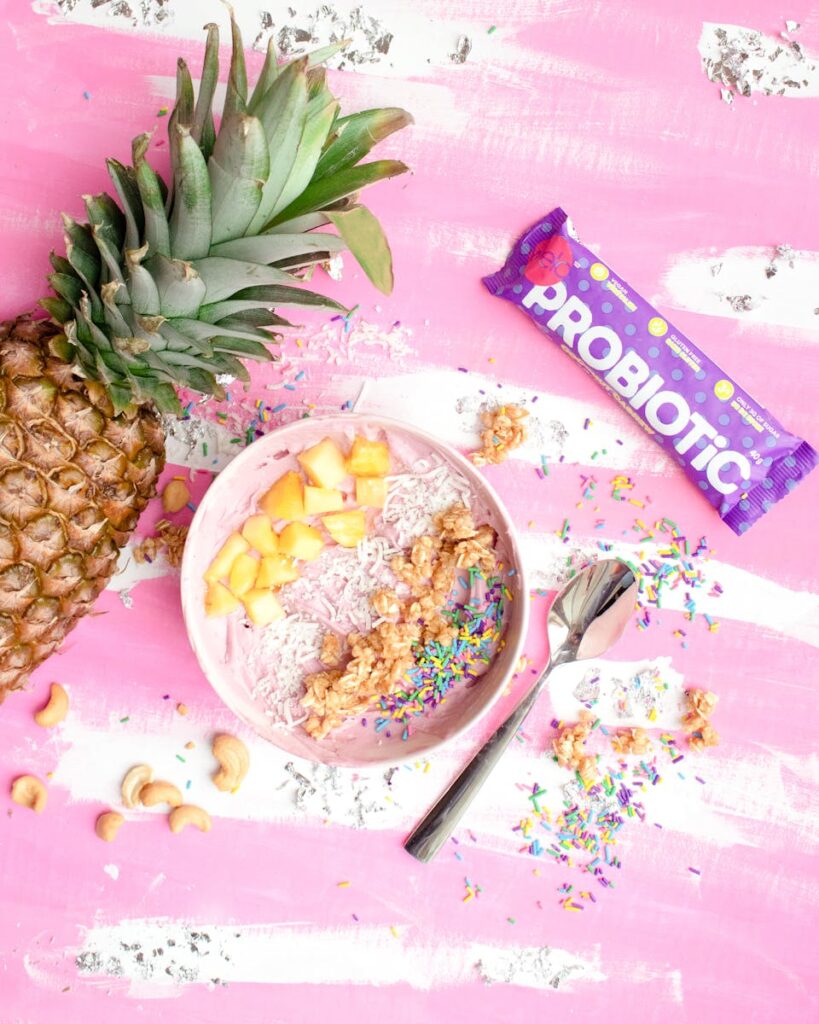
12. **Prioritize Anti-Inflammatory Foods, Including Probiotics**Chronic inflammation in the body is a silent but potent contributor to various diseases, including cancer. Therefore, actively choosing foods known for their anti-inflammatory properties is a powerful strategy to fortify your body’s defenses and reduce cancer risk.
This crucial category includes a diverse array of nutrient-rich options. Fatty fish like salmon and sardines are celebrated for their omega-3 fatty acids, which are potent anti-inflammatory agents. Whole grains, such as brown rice, continue to be invaluable, not only for their fiber content but also for their overall inflammation-reducing effects.
A particularly interesting addition to the anti-inflammatory arsenal is probiotics, found in foods like yogurt and kombucha. These beneficial microorganisms support gut health, which in turn plays a significant role in modulating the body’s immune response and reducing systemic inflammation.
By regularly incorporating these anti-inflammatory powerhouses into your diet, you create an internal environment that is less hospitable to disease. It’s a holistic approach that supports not just cancer prevention but overall vitality and well-being, demonstrating the profound connection between gut health and systemic health.
Read more about: Halle Berry’s Ageless Secrets: 12 Core Strategies for a Youthful Body & Unstoppable Energy
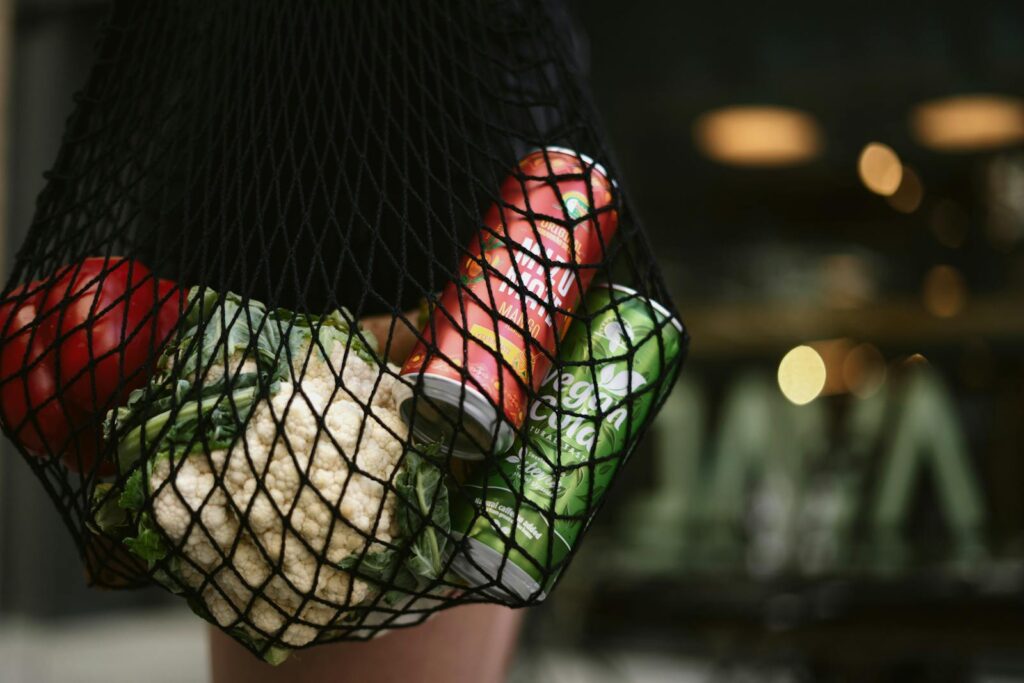
13. **Don’t Shy Away from Frozen and Canned Produce**In the quest for a cancer-preventative diet, it’s easy to assume that only fresh produce holds the key to maximum nutrition. However, this is a misconception that can limit your access to vital nutrients and make healthy eating unnecessarily difficult or expensive. Don’t be afraid to embrace frozen and canned fruits and vegetables.
Crucially, as long as they are not packed in sauce, syrup, or excessive juice, frozen and canned vegetables and fruits can boast just as many nutrients as their fresh counterparts. In some cases, because they are often processed and packed at their peak ripeness, they might even retain more vitamins and minerals than fresh produce that has traveled long distances.
This flexibility in sourcing allows for consistent healthy eating regardless of seasonality, budget, or time constraints. Having a well-stocked freezer and pantry with plain frozen berries, spinach, or canned beans means you always have healthy options readily available to build nutrient-dense meals.
Embracing these practical and equally nutritious options ensures that a plant-rich, cancer-fighting diet is accessible and sustainable for everyone. It’s about making smart, convenient choices that consistently support your health goals without compromising on nutritional value.
Read more about: The 14 Sneaky Storage Slip-Ups Costing You Big: Your Essential Guide to Smarter Food Preservation and Less Waste
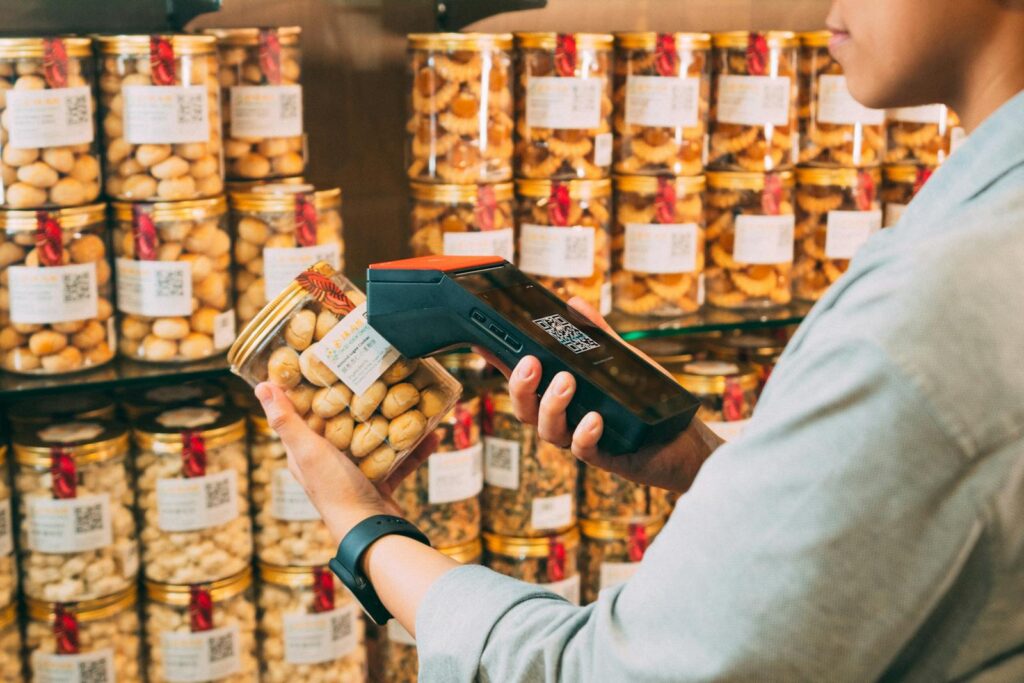
14. **Become a Label Reader: Choose Whole Foods First**In an age of packaged convenience, mastering the art of reading nutrition labels is an indispensable skill for anyone committed to lowering their cancer risk through diet. While the ultimate goal is to choose whole, unprocessed foods as much as possible, for items that come in a package, the label becomes your guide.
When scrutinizing packaged foods, a key piece of advice from wellness dietitian Lindsey Wohlford is to “Look for packaged foods that contain the fewest ingredients.” She adds, “If an item has more than two or three, think about a different choice.” This simple rule helps you avoid products laden with artificial additives, excessive sugars, and unhealthy fats.
Beyond the ingredient list, the nutrition label itself offers a wealth of valuable information. It provides crucial insights into the salt and sugar content, empowering you to make informed decisions that align with recommendations for lower added sugar and sodium intake, both critical for cancer prevention and weight management.
By prioritizing whole foods and becoming a diligent label reader for packaged alternatives, you take control of your diet and proactively choose ingredients that nourish your body rather than potentially harm it. This habit is a cornerstone of an empowered, cancer-preventative lifestyle, making every grocery trip a step towards better health.
Taking these steps, integrating these habits, and understanding the power of your food choices can truly make a profound difference in your health journey. While no diet guarantees absolute protection, empowering yourself with knowledge and making consistent, thoughtful decisions is the most powerful preventative action you can take. Remember Joseph Dowdell’s words: “Food is powerful. Some people use food for comfort. Others use food to be social. It’s important to still embrace those things but in the healthiest way possible. You can eat that piece of cake on your birthday or indulge a little during a barbecue. Having an occasional treat is perfectly fine. It’s when those practices happen daily that negative long-term effects come into play.” So, approach your plate with purpose, enjoy the journey, and celebrate the small, powerful choices that build a foundation for a healthier, more resilient you. Your body will thank you for it!

